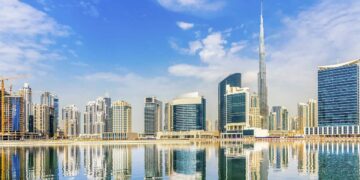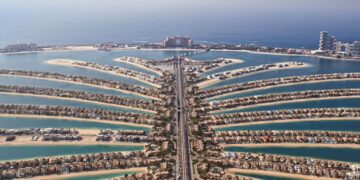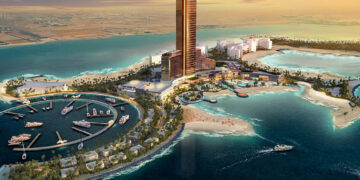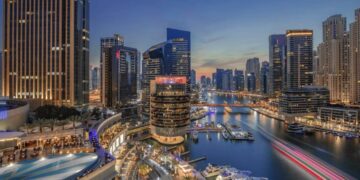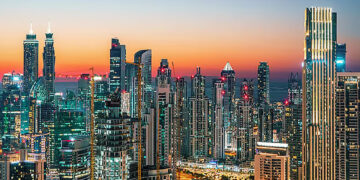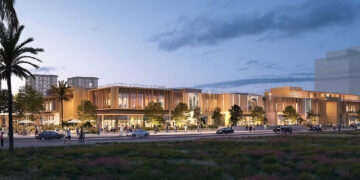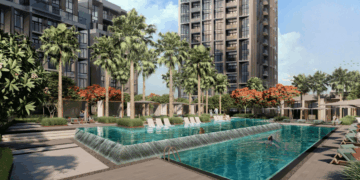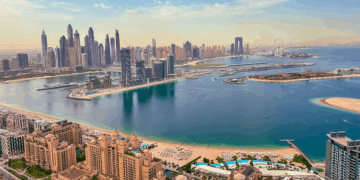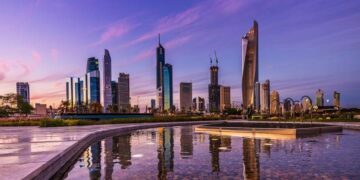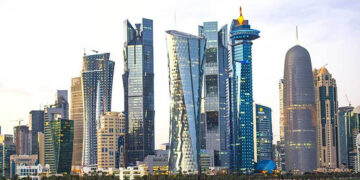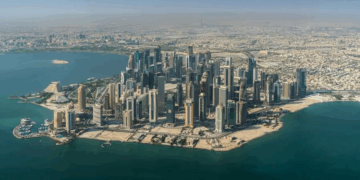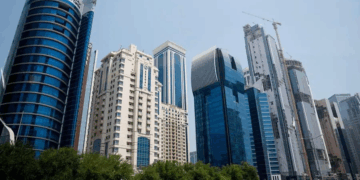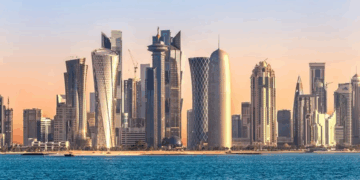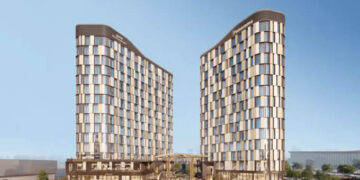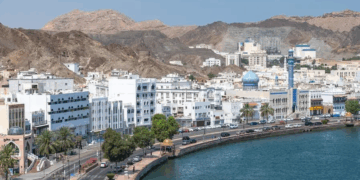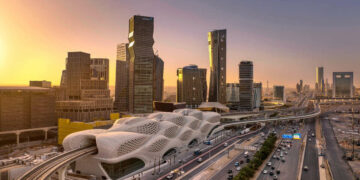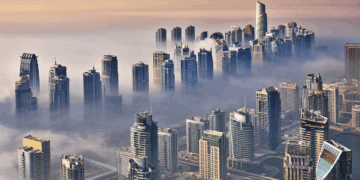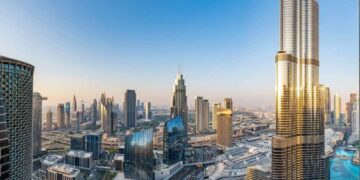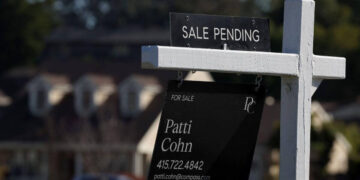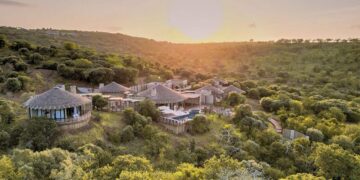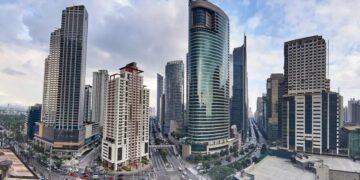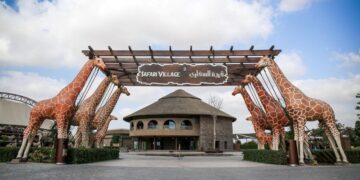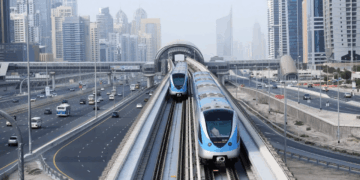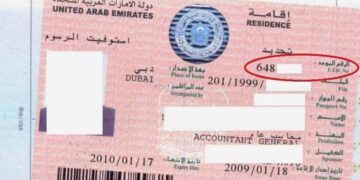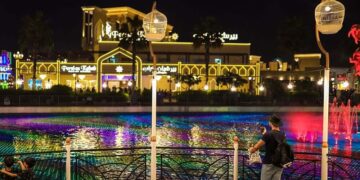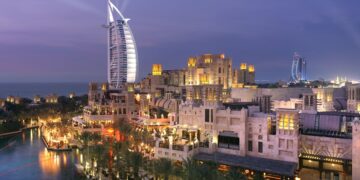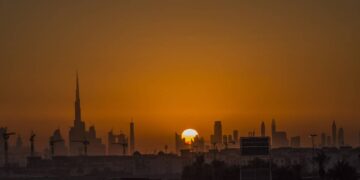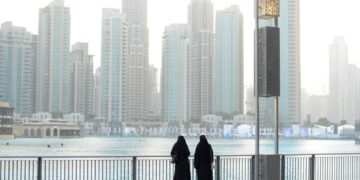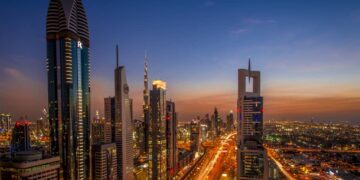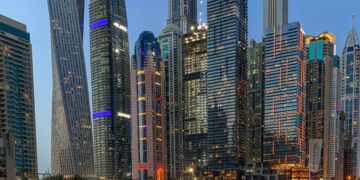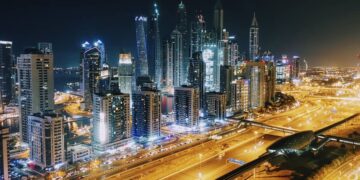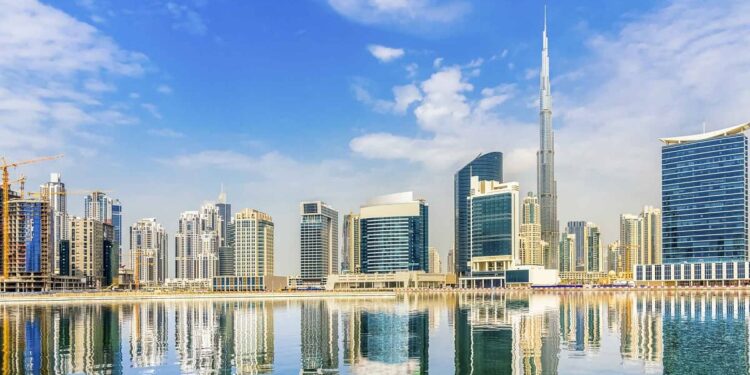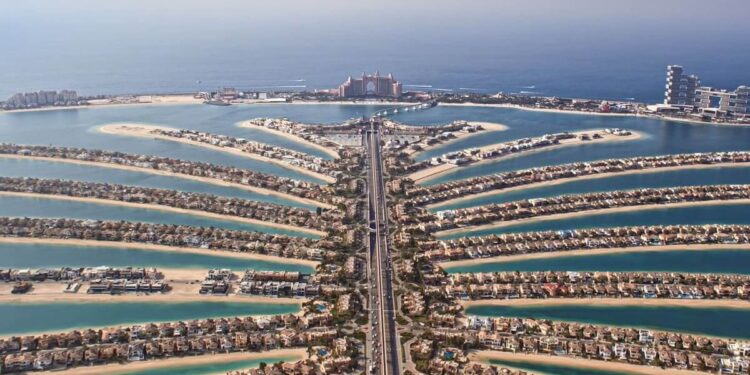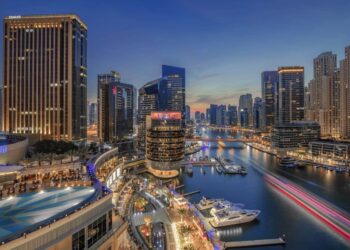Dubai: Luxury villas are the hottest segment in the market, with European buyers mainly who are looking for homes on Dubai’s signature Palm Jumeirah man-made island, as well as golf course estates.
Dubai’s property market, which had been in an inconsistent decline since 2014, went into flatline after Covid-19 hit a year ago and the emirate slammed shut its boundaries, said Zhann Zochinke, chief operating officer of consultancy Property Monitor.
“Then straight after that lockdown period we started to see transaction volumes increase, and they really haven’t stopped since,” he told AFP.
“We’re now seeing record month-on-month gains and transaction volumes.”
The emirate became one of the first destinations to reopen to visitors last July, blending the open-door strategy with strict rules on masking and social distancing, and an enthusiastic vaccination program that has delivered some of the highest inoculation rates globally.
Regardless of a flood in Covid cases in the new year after holidaymakers descended en masse, life has proceeded generally as normal with cafés and hotels open, and not many of the limitations that have blighted life somewhere else.
“The lockdown dodgers from other countries? I think we’re seeing a lot of that there,” Zochinke said, adding that different draws were more relaxed residency rules and a decision to allow full foreign ownership of firms.
Recovery of tourism
The flood of arrivals has recovered the travel industry, long a financial backbone of Dubai which has little of the oil abundance that powers its neighbors, and aided business activity to recover to pre-Covid levels in April, as per IHS Markit.
“Travel and tourism firms recorded the most notable bounce in performance, amid increasing hopes of a rise in tourism activity later in the year, boosted by the rapid vaccine roll-out,” said the research firm’s economist David Owen.
After years of torpor when homeowners watched their equity drain away, the flood in luxury properties over 10 million dirhams ($2.7 million) has been striking, with 90 deals in April contrasted with around 350-400 on a regular yearly basis, as per Property Monitor.
A mansion on the Palm has sold for Dh111.25 million, the highest price reached in years in the area which highlights 16 “fronds” lined with show-stopping houses and supercars parked in the driveways.
The most expensive property now available on the block is a tremendous Italian-inspired modern villa situated toward the end of one of the fronds, complete with 180-degree beach frontage, which is being offered for 100 million dirhams.
After it declined on the market during the gloomy days at the peak of the pandemic, the developers are hoping that one of the new varieties of cashed-up Europeans will be attracted by the infinity pool, private cinema, and acres of marble and glass.
“I think people have started to realize that Dubai is not just a construction site anymore, which it was maybe 10 years ago when we had the most amount of cranes in the world,” said Matthew Bate, CEO of BlackBrick, one of the agencies representing the property.
Wealthy demand
“People are now looking at Dubai and saying – I’m going to make this my primary home. I can work from Dubai and still manage a business in Europe or North America or Asia,” he said.
“So I think what Covid ultimately did, it opened the doors for us to the rest of the world.”
In a market where several fortunes have been created and also lost, there is nervousness about whether the recent giddy increases can be encouraged.
Deals of properties above Dh10 million increased by 6.7% in April compared to the last month, and 81 villas were sold on the Palm in April alone while comparing to 54 in all of 2020, as per Property Monitor.
Even with the striking increases, the market is still off its highs of 2014, and the apartment market is trailing far behind.
The financial services firm Morgan Stanley, however, provided in a recent report that the rally isn’t likely to end soon.
“Robust demand, peaking supply growth, and long lead times for new projects could lead to a tighter-than-expected market over the next several years,” it said.
It credited “a wave of government reforms over the past 12 months, attractive mortgage rates, and a shift in demand patterns due to Covid-19”.
